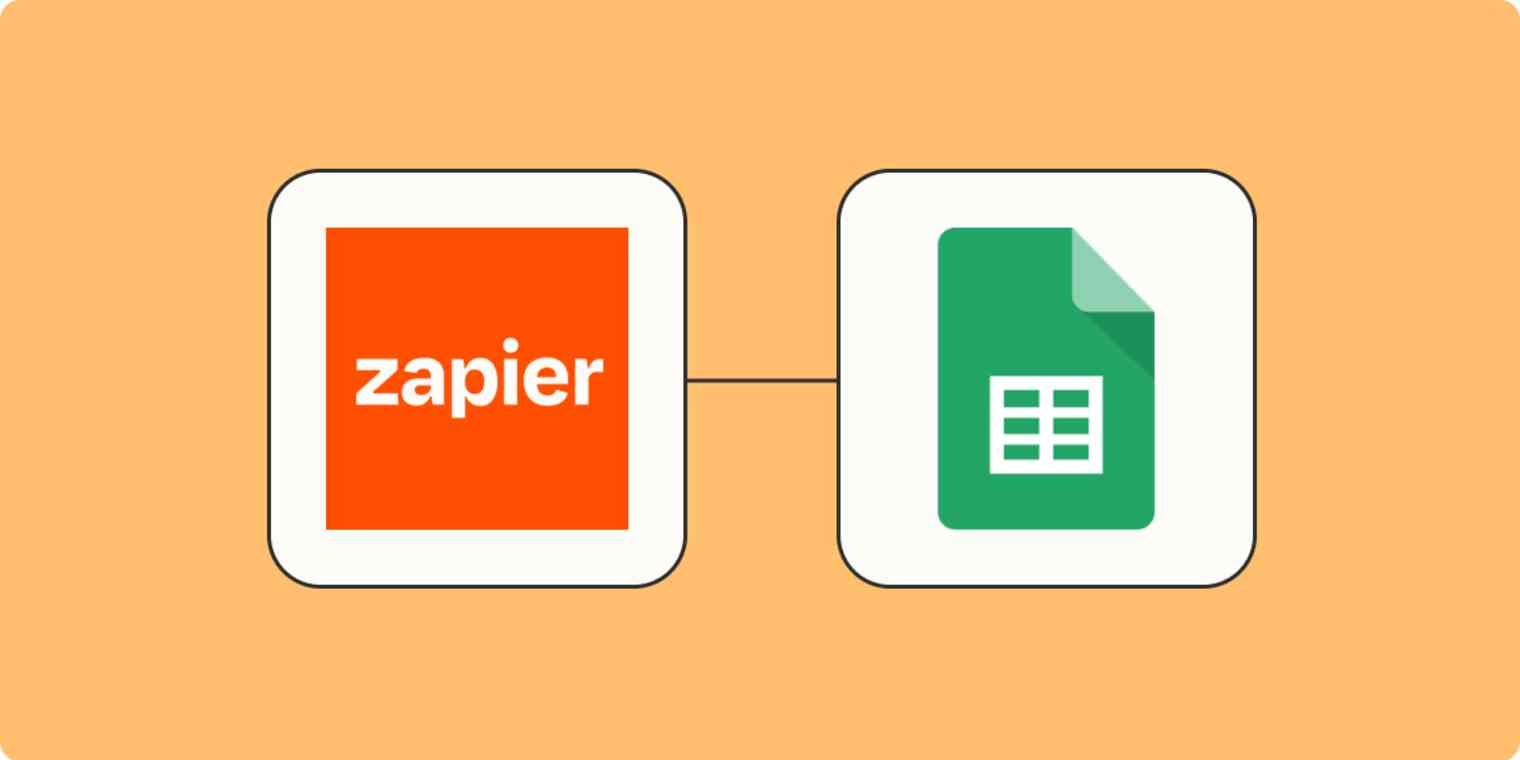Zapier tutorials
3 min readHow to save URLs to Google Sheets without leaving your browser
By Lars Vedo · August 2, 2022

Get productivity tips delivered straight to your inbox
We’ll email you 1-3 times per week—and never share your information.
mentioned apps
Related articles
Improve your productivity automatically. Use Zapier to get your apps working together.






